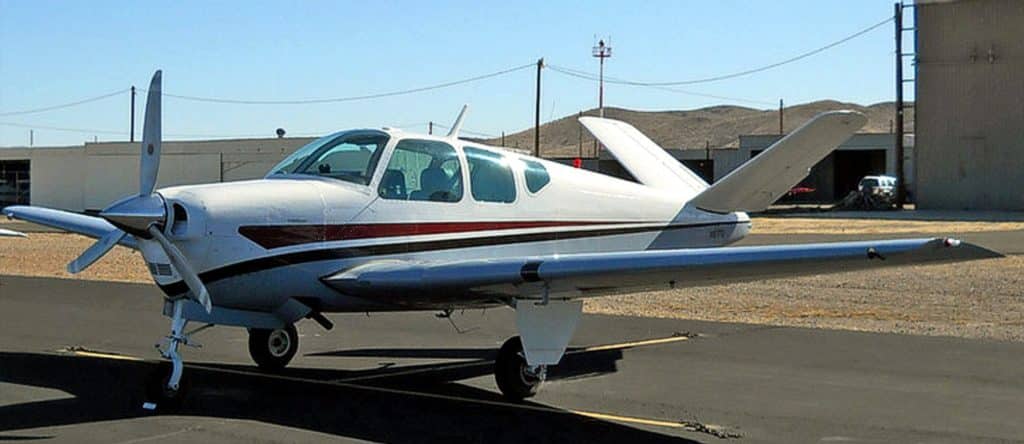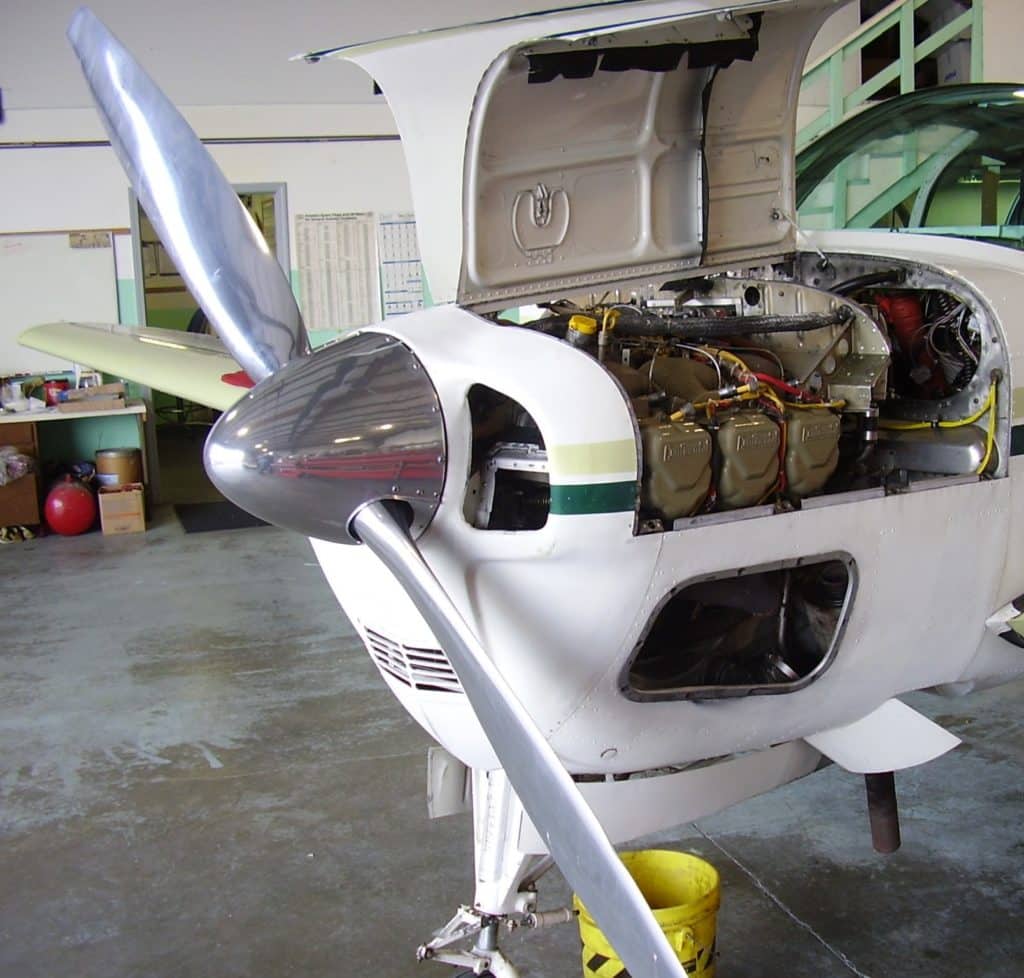Maintenance decisions need to be fact- and evidence-based.
The current owner of the vintage J-model Bonanza emailed me for advice. He’d purchased the airplane just four months earlier with a fresh annual inspection, and was already stressing out about what to do about his engine at the next annual eight months hence.

According to the owner, the airplane’s Continental IO-470 engine was the original one that had been in the airplane when it rolled out of the factory in 1958. It had been overhauled seven years later in 1965 at its published TBO of 1400 hours, and then overhauled again nine years later in 1974 when it hit TBO again. Now the engine was once again at 1400 hours SMOH, but this time it had taken more than 40 years to get there.
The owner explained that the engine was using about a quart of oil every three hours, but was otherwise running strong and smooth with decent compression readings and not making metal. He wanted my opinion as to whether he should be considering a major overhaul at the forthcoming annual, a top overhaul, or no overhaul. “Considering this engine is 57 years old and more than 40 years since the last overhaul, am I tempting Lady Luck?” he asked.
Calendar age
The original manufacture date of the engine is irrelevant, I told the owner. The fact that more than 40 years had elapsed since the prior overhaul is relevant only insofar as it means that the aircraft wasn’t very active during the past four decades, having averaged only about 35 hours a year. This naturally raises a concern about the possibility of internal corrosion.
I explained that the level of concern here was primarily a function of where the aircraft lived during those four decades. “If the airplane lived in Houston or Tampa, I’d be very worried,” I told him, “but if it lived in Denver or Tucson I wouldn’t be worried at all.” Turns out that the plane now lives in Denver, but for most of the 40 years it lived in Redlands, California. Redlands is located in the “Inland Empire” of Southern California, and has a climate that is hot and dry, with about the same annual rainfall as Denver and Tucson. “So I’m not concerned about corrosion,” I told the owner.
Oil consumption
I told the owner that oil consumption of a quart in three hours is not intrinsically an airworthiness issue according to Continental’s guidance. “You could continue to live with it,” I explained, “but it is on the threshold of concern.”
Before deciding whether or not to do a top overhaul, I suggested that some basic troubleshooting was in order to determine the reason for the elevated oil consumption. I explained that the problem might be confined to one or two cylinders, in which case it would be a shame to replace all six. Or it might be something unrelated to cylinders—perhaps a leaky oil filler cap gasket or a mis-positioned breather line that was pressurizing the crankcase in flight—in which case the owner would probably be upset if he did a top overhaul and it didn’t cure the problem. On the other hand, perhaps the cylinders are badly worn or the oil control rings are badly fouled with lead sludge. In that case, the cylinders will need to come off.
“Seems to me some detective work is in order to diagnose the cause of the oil consumption before throwing money at it,” I told the owner. “Given that this is not yet an airworthiness issue, you’ve got time to troubleshoot. There’s no gun to your head to do anything at the annual if you don’t want to.”
Fear and balderdash
“Thanks, Mike, it’s tough out there,” the owner emailed me, sounding very relieved. “I spoke to a rep at Continental Motors and he just about told me that I was nuts to fly with my engine!! That can rattle you.”

He went on to describe his conversation with the Continental rep, who told him that the crankshaft in his engine is three generations old, and that the IO-470 crankcase has been upgraded three times since his was manufactured. The rep went on to say that his crankshaft is considered unairworthy “by today’s standards.”
I told the owner that the Continental rep was technically accurate when he said that the crankshaft was unairworthy “by today’s standards.” I explained that Airworthiness Directive AD 97-26-17 required that if his engine was overhauled or if the crankcase was split for any reason, his old “airmelt” crank would have to be scrapped and replaced by newer-design “vacuum arc remelt” (VAR) crankshaft at the cost of many kilobucks.
“But what the Continental rep didn’t tell you,” I continued, “was that the new VAR crankshafts have suffered far more in-flight failures than the old airmelt ones ever did.” In fact, there were a rash of failures of new VAR crankshafts in 1999, and another in 2000, both prompting massive recalls by Continental. “That AD was a complete boondoggle that cost owners hundreds of millions of dollars for no valid reason,” I opined.
The Continental rep was also technically accurate when he stated that the engine has a old-design crankcase that had been upgraded three times since 1958. “But what he didn’t tell you is that the old-design crankcase worked just fine in 470-series engines, and only started cracking in the higher-horsepower 520- and 550-series engines, particularly the turbocharged ones.”
I concluded my discussion by telling the owner that “the old IO-470 is probably the most reliable engine that Continental ever built. So relax!”
The Bonanza owner’s experience is hardly an isolated case. I frequently see owners making major, costly maintenance decisions based on fear, myths, half-truths, poppycock and balderdash. Such decisions really need to be made on the basis of facts and evidence, not emotions.
Fact and evidence make one thing crystal clear: If it’s working okay, don’t try to fix it.
You bought a plane to fly it, not stress over maintenance.
At Savvy Aviation, we believe you shouldn’t have to navigate the complexities of aircraft maintenance alone. And you definitely shouldn’t be surprised when your shop’s invoice arrives.
Savvy Aviation isn’t a maintenance shop – we empower you with the knowledge and expert consultation you need to be in control of your own maintenance events – so your shop takes directives (not gives them). Whatever your maintenance needs, Savvy has a perfect plan for you: